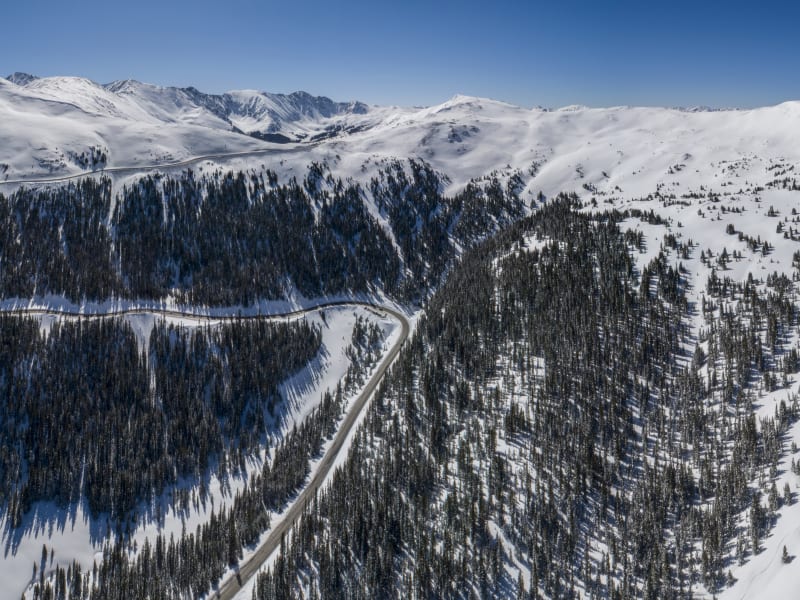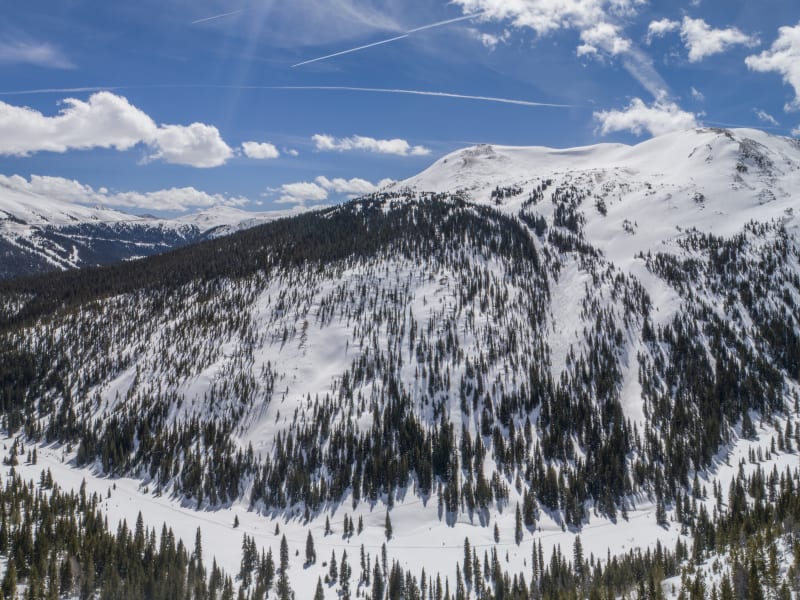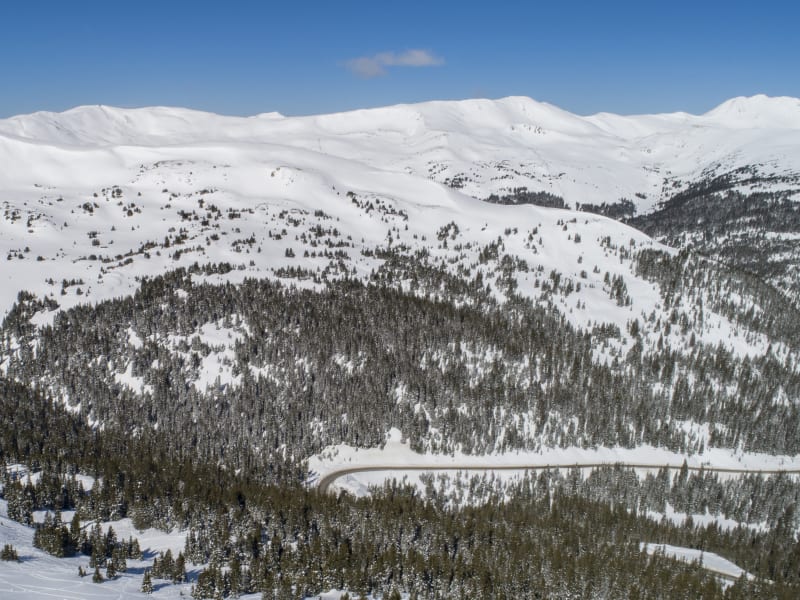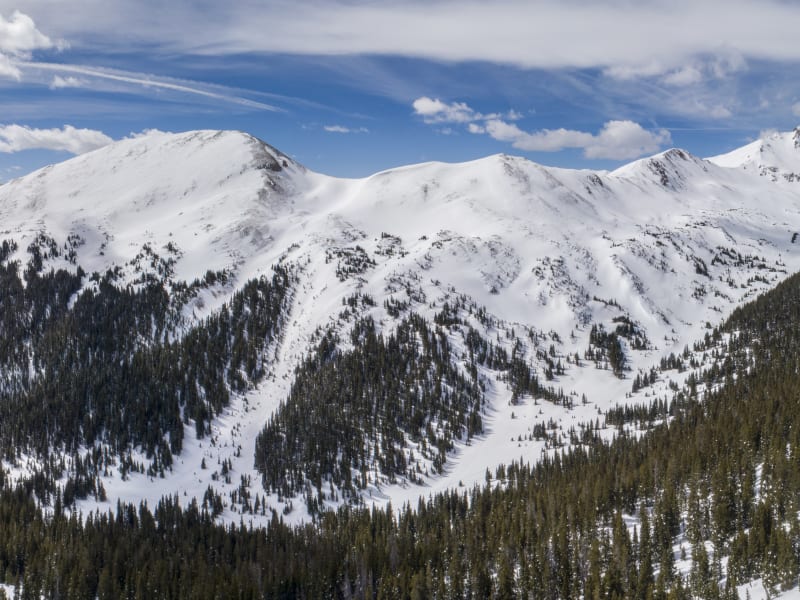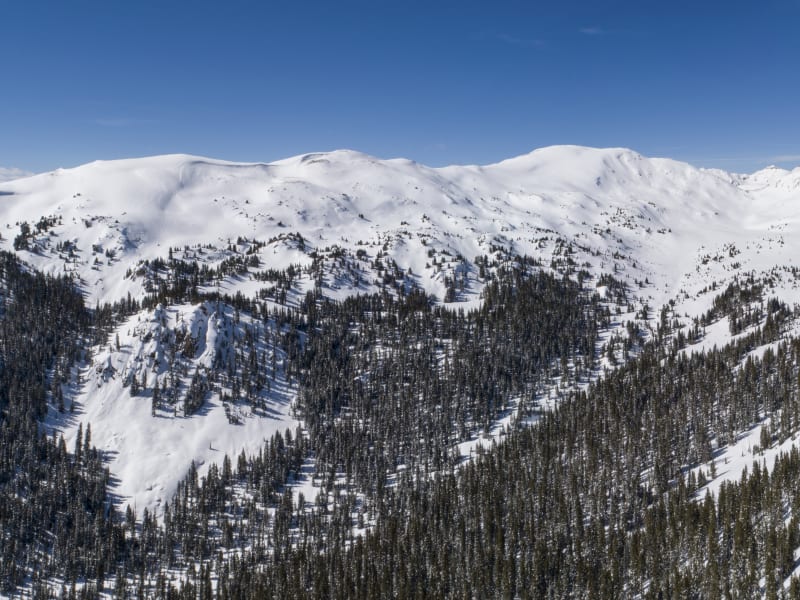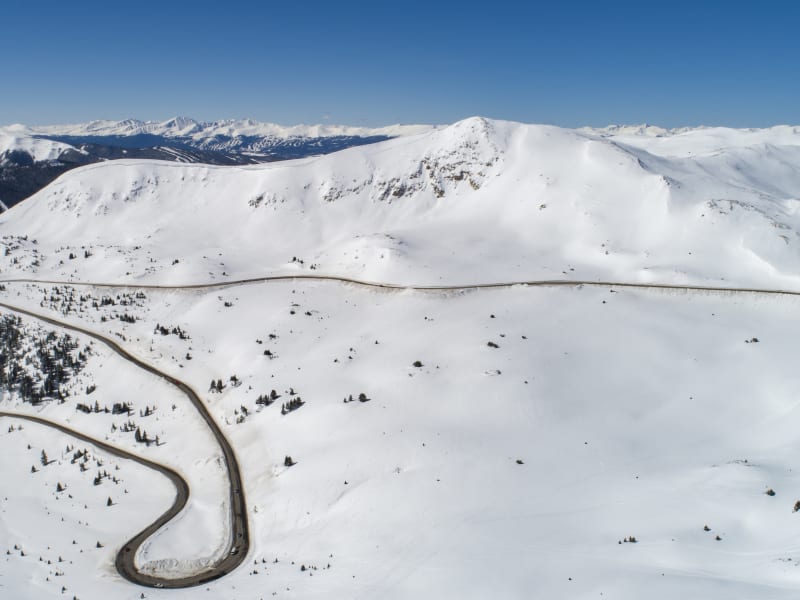Loveland Pass
Beacon Guidebooks has partnered with onX Backcountry. Find guidebook quality content for backcountry adventures in Loveland Pass. Loveland Pass has 17 zones to explore and 108 routes.
Total Zones
17
Publisher
Beacon Guidebooks
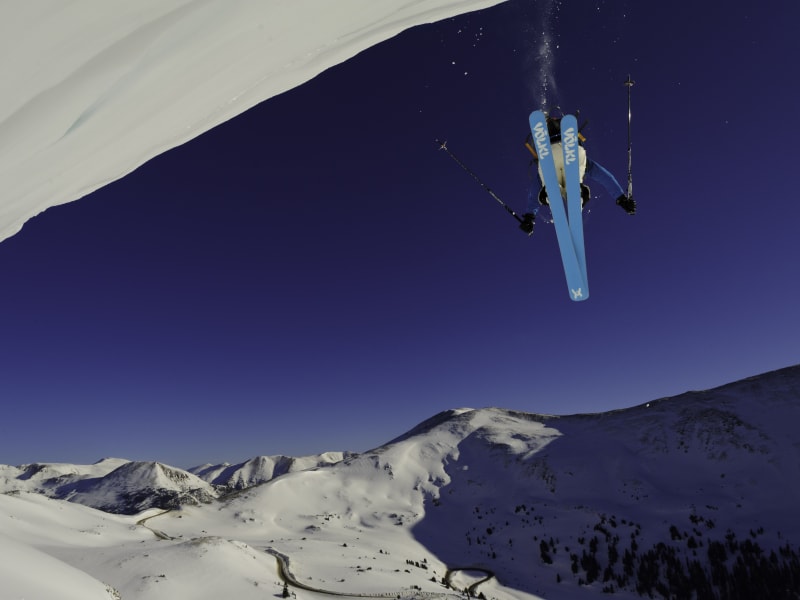
Loveland Pass Overview
For nearly one hundred years, skiers and snowboarders have cemented Loveland Pass's reputation as a backcountry destination by driving up and skiing down. In the 1930's, early ski area explorers went deeper into the basins surrounding the Pass, hoisting mechanical rope tows to get up the slopes. Loveland Ski Area opened on the north side of the pass in 1936, and Arapahoe Basin began operations on the southside in 1946. In the 1980's and 1990's, snowboarders pioneered jumps on Loveland Pass classics like Main Line and Ironing Board long before terrain parks existed at ski resorts. Fast forward to today, and you can find a full terrain park here, including kickers and imported rails. Many Front Range and Summit County sliders had their first backcountry experience at Loveland Pass. Most folks view Loveland Pass backcountry as simply the drop-in terrain at the top of the Pass. This backcountry ski guidebook reveals opportunities to go beyond the hustle and bustle of the Pass. Spanning Watrous Gulch to Porcupine Gulch, we follow US HWY 6 as it climbs dramatically to the Continental Divide at 11,990 feet; providing trailhead access to glacial valleys holding a lifetime of backcountry exploration. From all day winter ski tours, to car shuttling, to a sampling of spring ski mountaineering on thirteen thousand foot peaks, Loveland Pass has an adventure for all skill levels. Embrace the craziness of the Pass and become part of the history of Colorado backcountry skiing. Have fun, but keep it real in avalanche terrain.
Zones Covered
- Black Mountain Approach
- Fleas Approach
- Fleas Right
- Fleas Left
- Dog Leg
- Dog Shit
- Shit For Brains
- Mexican Hat
- Black Mountain Exit
- Herman Gulch North Approach
- West Trees
- East Trees
- Herman Gulch North Exit
- Shadow Land/Hippie Trees Exit
- Hippie Trees Approach
- Hippie Cliffs
- Middle Hippie Trees
- Hippie Trees
- Loveland Pass Bowl Approach
- Short Laps
- Mainline
- Old Reliable and Ironing Board
- Loveland Ridge
- Loveland Pass Bowl Exit
- Lower Dry Gulch Approach
- 140 Acre
- Right Tube
- Left Tube
- 130 Acre
- Trelease Bowl
- Lower Dry Gulch Exit
- Lower No Name Bowl Approach
- The Castle
- The Curl
- Curlicue Trees
- Lower No Name Bowl Exit
- Mine Dumps Approach
- East Corner Trees
- Mine Dump Trees
- Mine Dumps 2
- Mine Dumps
- Borland's Folly
- Mine Dumps Exit
- Mount Bethel Saddle Approach
- Half Gully
- North Slide Path
- Rose Garden
- Bethel Saddle Bowl
- Mt. Trelease Approach
- Boulevard Right
- The Boulevard
- Quakie Bowl
- Creek Bed
- Airplane Glades
- Rock Bowl
- Aim For The Fences
- Pat's Knob
- Mt. Trelease Exit
- No Name Peak Approach
- South Flank
- Cabbage Patch
- No Name Bowl West
- Lower No Name
- Upper No Name Bowl Exit
- No Name Bowl Exit
- 11804 Approach
- Franklin Approach
- Porcupine Gulch Approach
- 11804 Glades
- 11804
- Franklin Bowl
- 12382
- Franklin Cirque
- Porcupine Gulch Exit
- Loveland Pass Bowl Approach
- Shadow Land
- No Name Bowl East
- Pacific Gully
- Escape Gully
- Shadow Land/Hippie Trees Exit
- Summit Approach
- Outward Bound
- Summit
- Kitchen Wall
- Summit Ridge
- Pass Lake
- Kitchen Sink
- Summit Exit
- Upper Dry Gulch Approach
- West Lake Trees
- East Lake Trees
- Citadel Trees
- Citadel East Bowl
- Upper Dry Gulch Exit
- Watrous Gulch Approach/Exit
- Upper Watrous Glades
- Lower Watrous Glades
- Watrous Gulch Exit
- Dave's Wave Approach
- Parking Lot Drop
- West Corner
- Shockley's
- Overlook
- Dave's Wave
- Dave's Wave Exit
- Widowmaker Approach
- Little Professor
- Widowmaker
- Devil's Tool
- Widowmaker Exit



